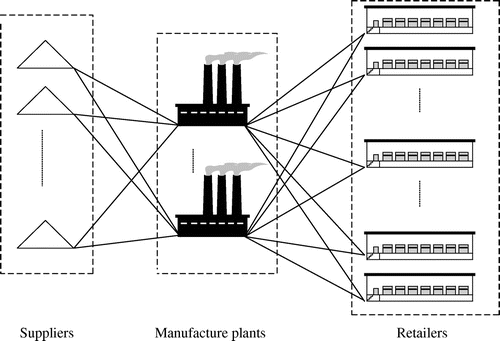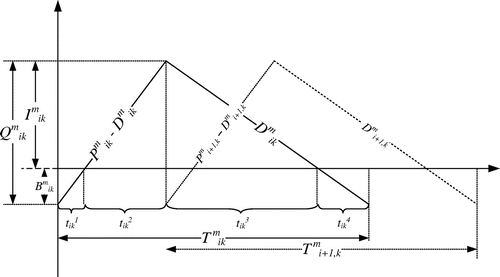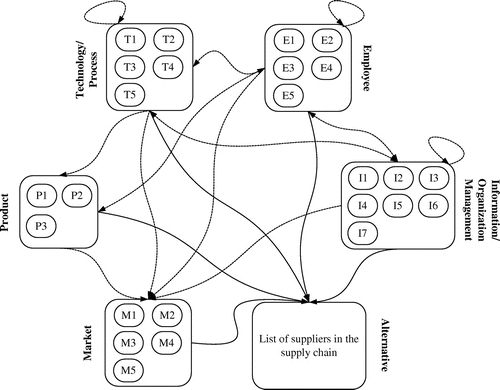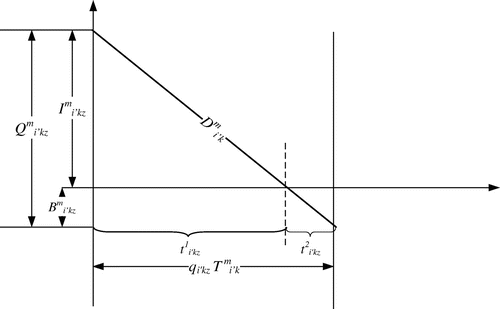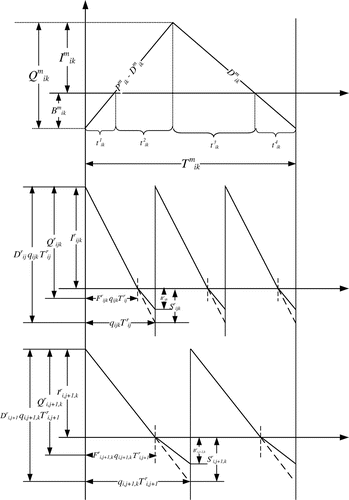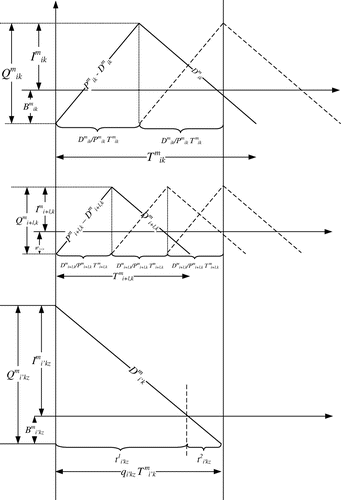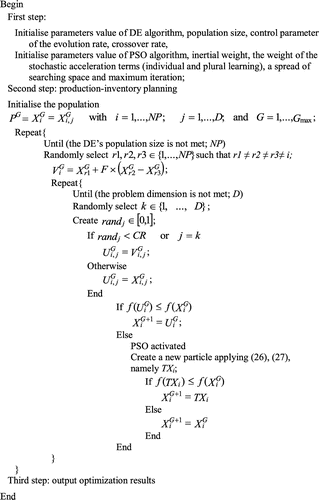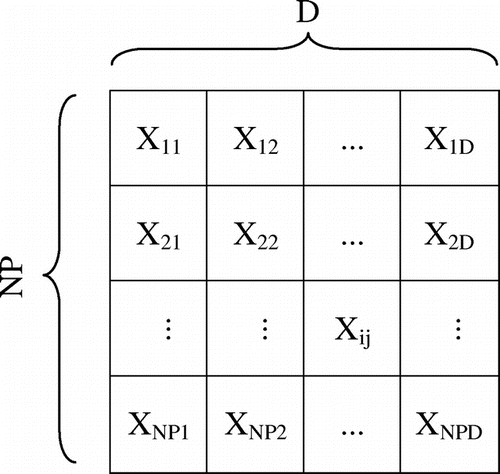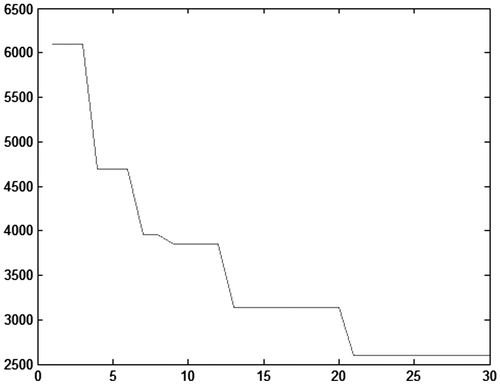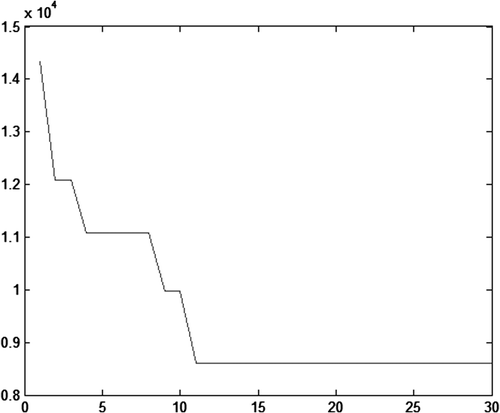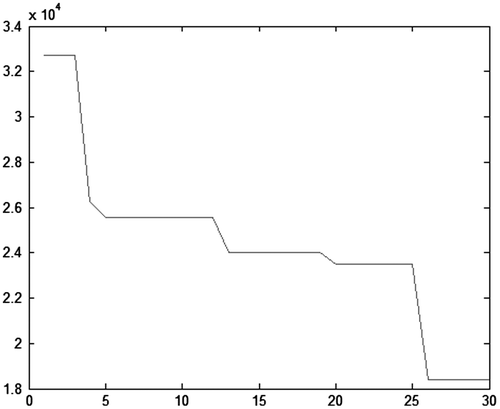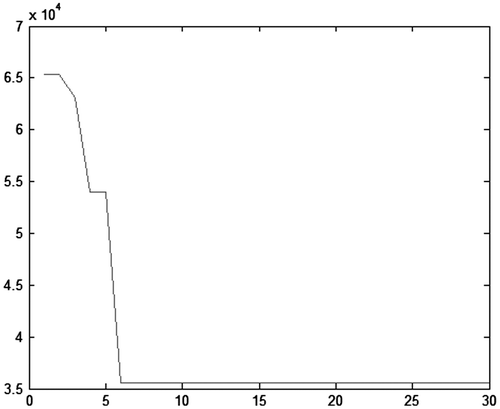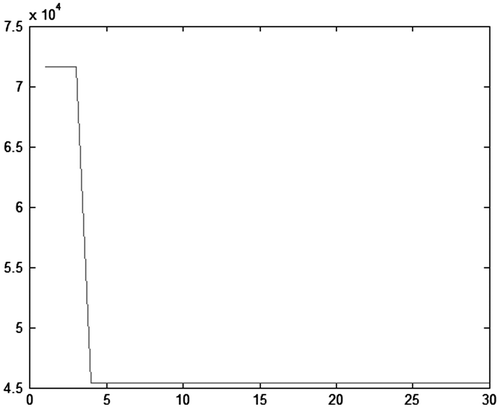Cogent Engineering
Volume 2, 2015 - Issue 1
Open access
1,797
Views
2
CrossRef citations to date
0
Altmetric
Research Article
A novel approach toward coordinated inventory management of an agile multi-echelon multi-product supply chain
Maryam AlimardaniSchool of Industrial Engineering, College of Engineering, University of Tehran, Tehran, IranView further author information
, Hamed RafieiSchool of Industrial Engineering, College of Engineering, University of Tehran, Tehran, IranCorrespondence[email protected]
View further author information
& View further author information
Masoud RabbaniSchool of Industrial Engineering, College of Engineering, University of Tehran, Tehran, IranView further author information
| Zude ZhouWuhan University of Technology, ChinaView further author information
(Reviewing Editor)
Article: 1025596
|
Received 04 Oct 2014, Accepted 27 Feb 2015, Published online: 24 Mar 2015
Related research
People also read lists articles that other readers of this article have read.
Recommended articles lists articles that we recommend and is powered by our AI driven recommendation engine.
Cited by lists all citing articles based on Crossref citations.
Articles with the Crossref icon will open in a new tab.

